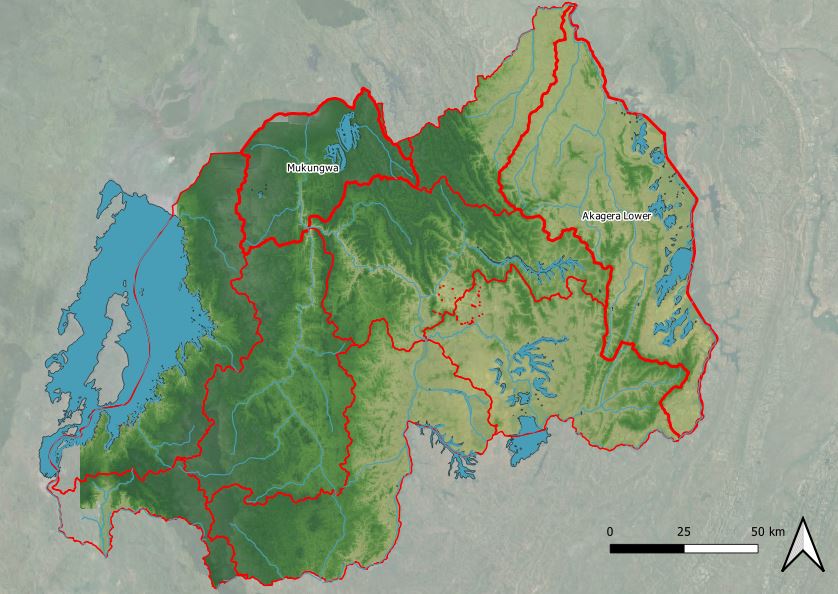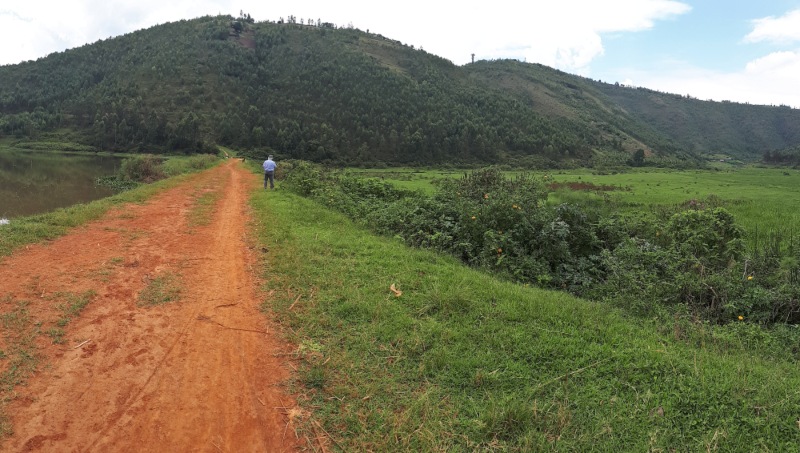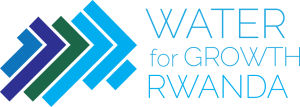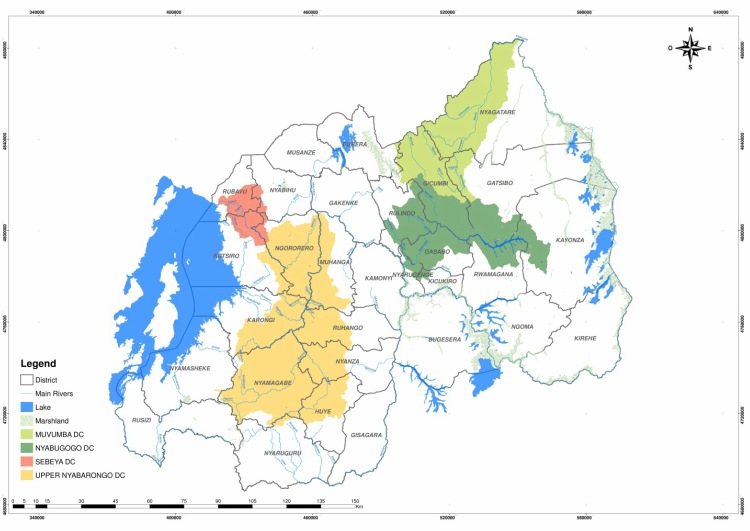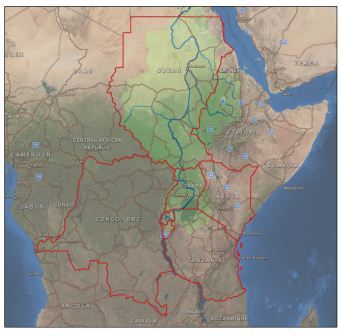Agriculture is a key sector of the Rwandan economy; it contributes approximately 33% to the gross domestic product and employs more than 70% of the entire labour force. Although some farmers are already using water-efficient irrigation infrastructure, too much of the available water is still lost due to unsustainable use of existing irrigation systems, and/or maximum crop yields are not achieved due to under-irrigation.
Hence, small to medium-sized food producers in Rwanda do not have sufficient access to information regarding optimal irrigation practices. To close this information gap, FutureWater has devised an innovation that can calculate a location-specific irrigation advice based on Virtual Weather Stations, expressed in an irrigation duration (“SOSIA”). The use of the outdated CROPWAT 8.0 method, and the lack of good coverage of real-time weather stations in Rwanda, means that current advice falls short. In addition, existing advisory services are often too expensive for the scale on which small to medium-sized farmers produce. There is a potential to increase the productivity of the irrigation water by up to 25%. Initially, the innovation will be disseminated via the Holland Greentech network, with a pilot in Rwanda consisting of 40 customers. Aside from further refining the SOSIA tool, upscaling strategies will be explored in this second phase to identify other intermediaries that could benefit from the SOSIA service so to realize its optimal impact.
FutureWater has found with Holland Greentech an ideal partner to roll-out this innovation due to their presence in and outside of Rwanda, where they provide irrigation kits and advice. This offers the opportunity to quickly scale-up the proposed innovation. With their expertise in agro-hydrological modeling and the African agricultural sector, FutureWater and Holland Greentech respectively have acquired ample experience to make this innovation project and its knowledge development to a success.
The tools can be accessed through online URLs for the Virtual Weather Stations and for the Irrigation Advisory Tool.
